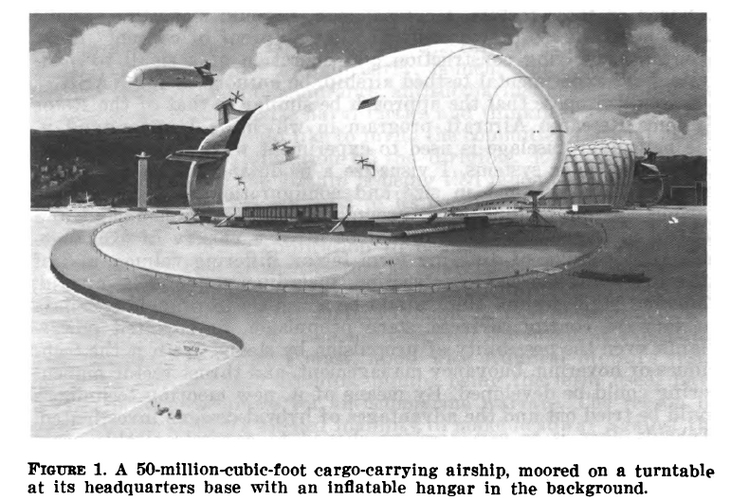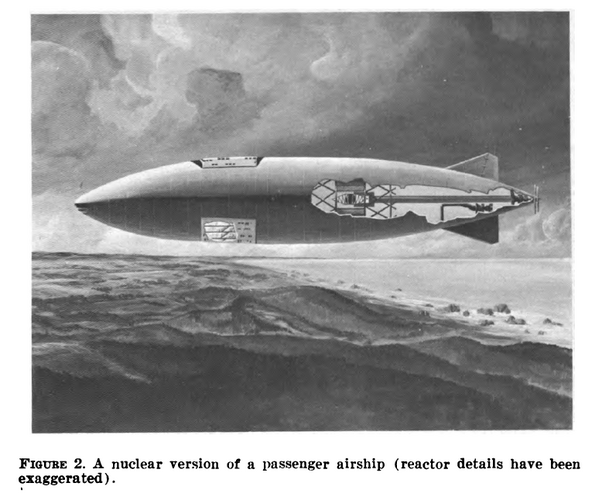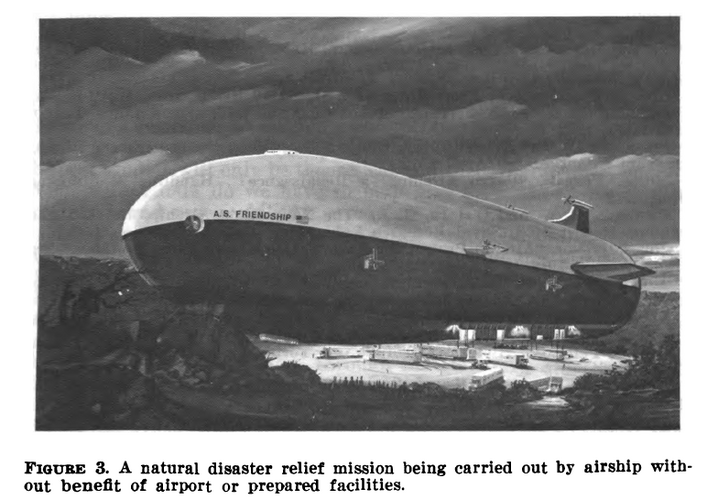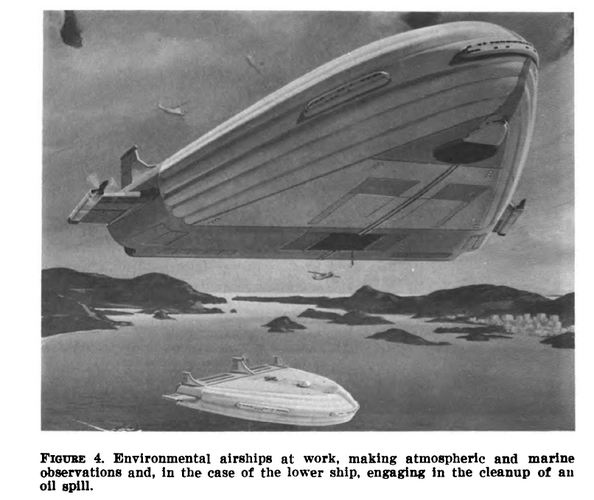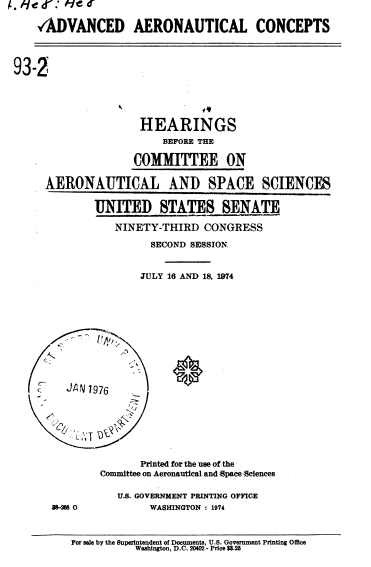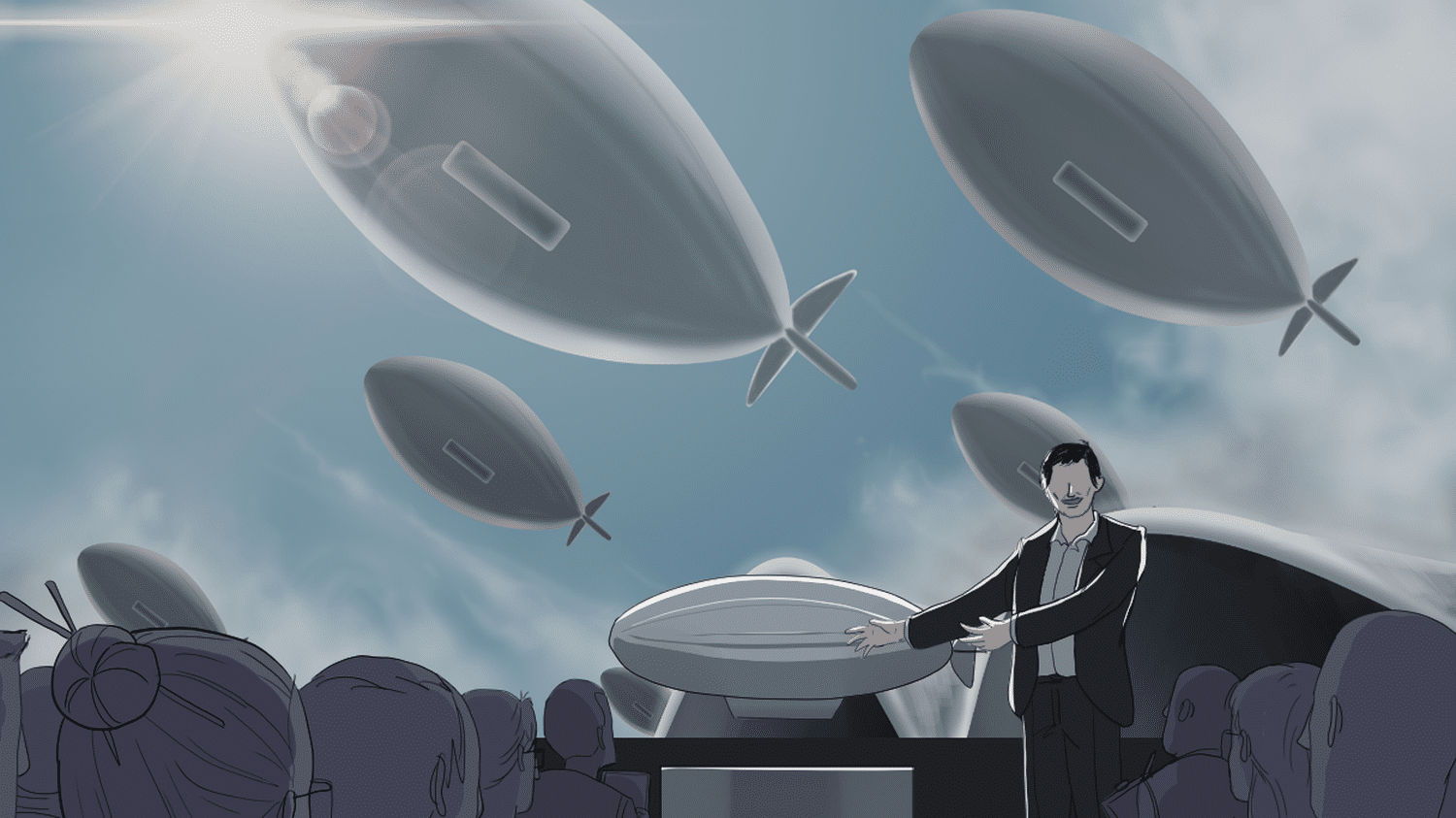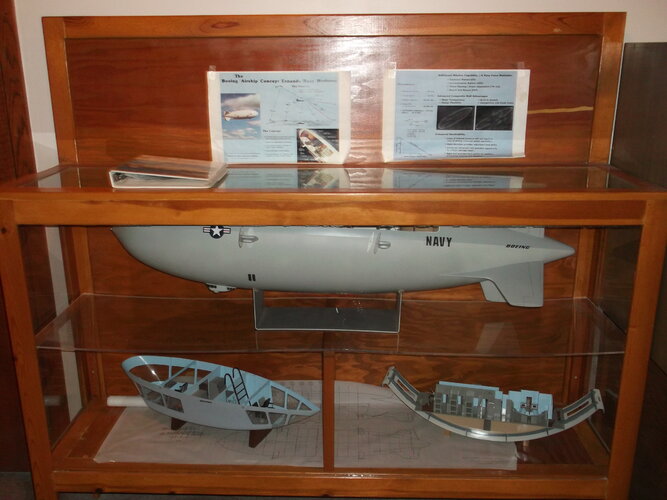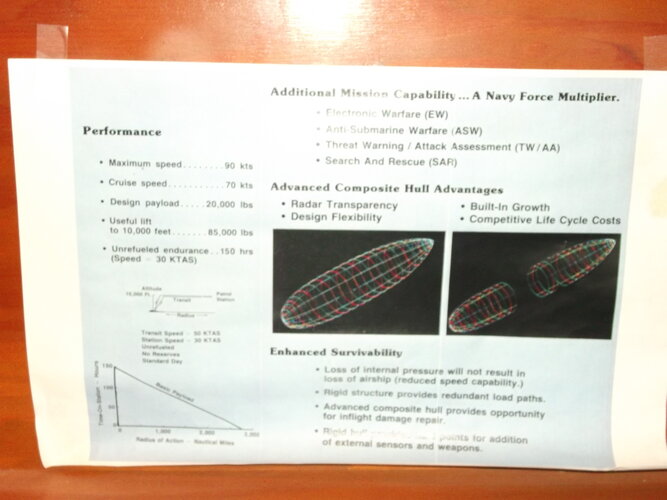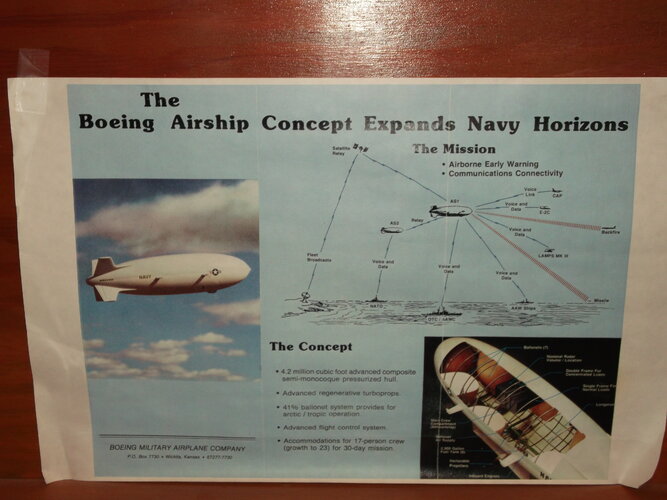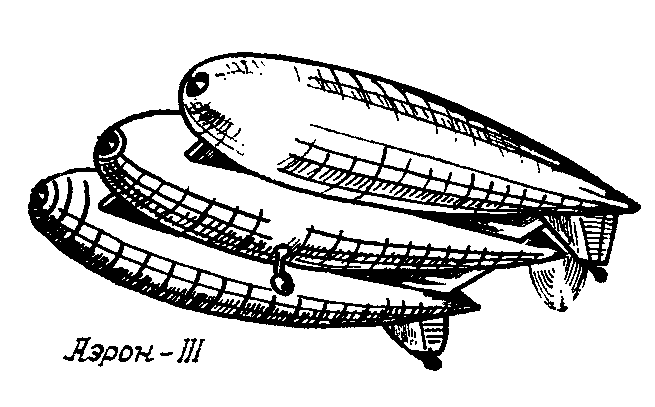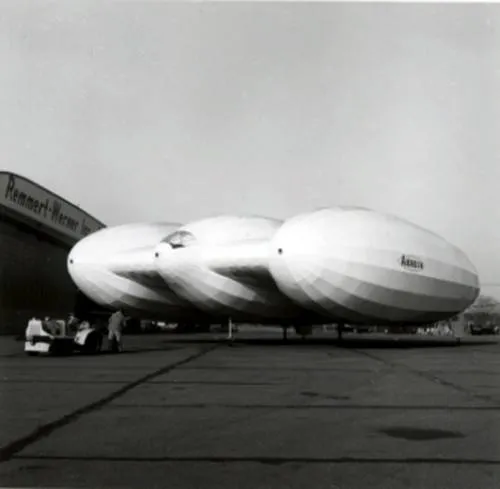My first thought when I read this thread is those UAPs being seen off the coasts. Pretty sure they are of human origins, but more of dirigible-like spheres propelled by ionic propulsion. None of the sightings go for more than a few hours, and because they are do difficult to track, you would never know their endurance. Many of them are a mere 4' in diameter, which makes me think they may not even be anything more than a hobbyist.
If you have accelerometers and near 360 degree fields of propulsion in a lighter than air sphere, you should be able to push 150+ kph in a straight line, and effortlessly adjust to wind effects, using off the shelf science. Imagine if you were using military grade technology, you could make the outer skin out of translucent, bi-directional solar collectors. That would give you significant voltage boosts for propulsion. Throw in cellphone-level cameras around the exterior, and now you have a spy probe worthy of DARPA.
If you have accelerometers and near 360 degree fields of propulsion in a lighter than air sphere, you should be able to push 150+ kph in a straight line, and effortlessly adjust to wind effects, using off the shelf science. Imagine if you were using military grade technology, you could make the outer skin out of translucent, bi-directional solar collectors. That would give you significant voltage boosts for propulsion. Throw in cellphone-level cameras around the exterior, and now you have a spy probe worthy of DARPA.

